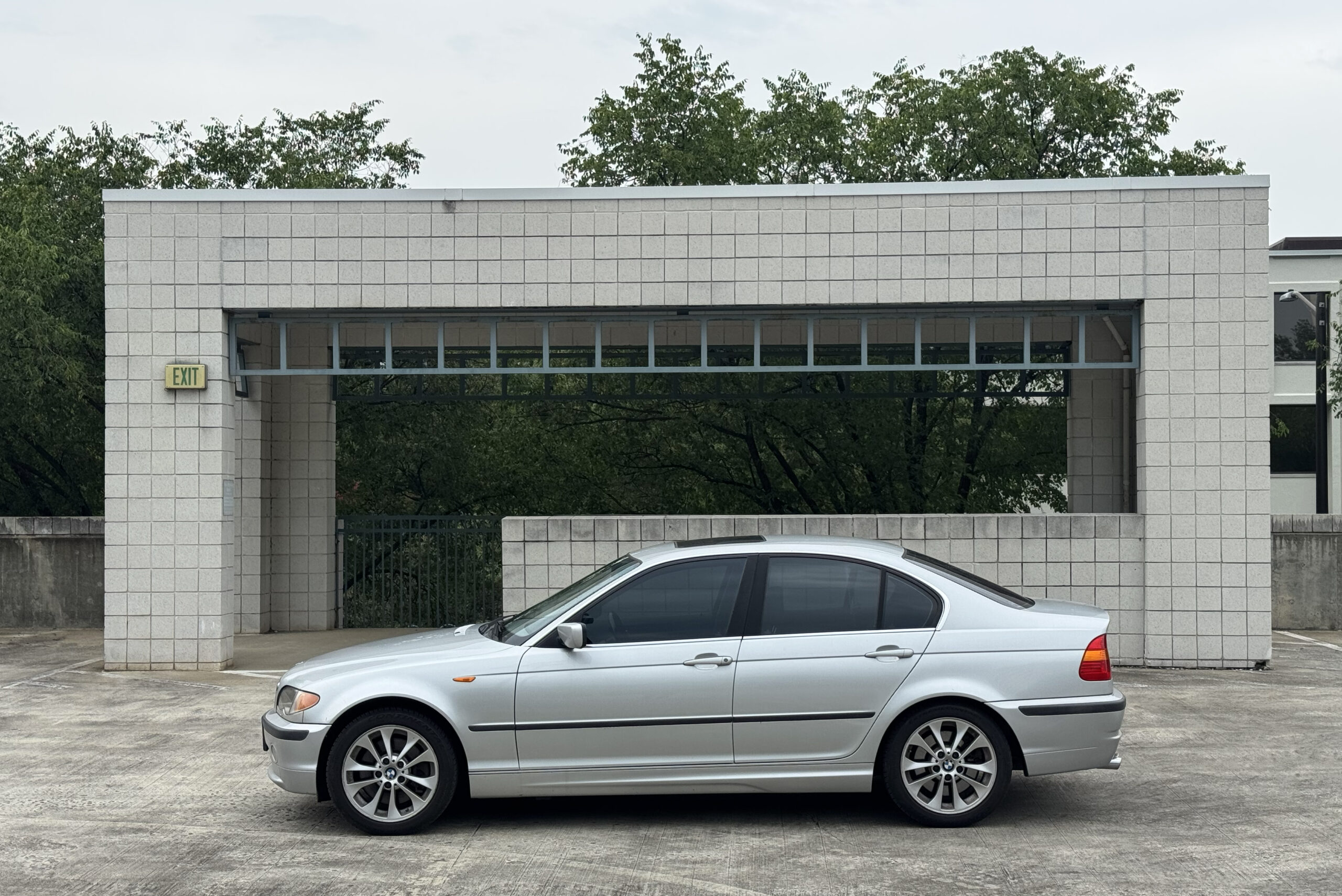It’s a commonly held belief that over time and mileage, engines lose power. It makes sense; as the years roll on, wear translates to tolerances growing, and compression decreasing. Every engine, is, in essence, an air pump, and the better one is actually able to remain sealed and hold air in the combustion chambers, the closer it’s going to be to making advertised power. There are a number of factors that contribute to an engine’s ability to make power (and propensity to burn oil) at high mileage, but many can be traced back to how the engine was treated. Break-in practices, cold starting, waiting for the oil to reach operating temperature before hitting high revs, regular oil services with proper oil, and a number of other elements come to mind.
Regardless of some engines living a better life than others, over time, it seems that the most well-maintained power plant out there will give up few horses to father time after years of reliable use. In a recent YouTube video, Alex Palmeri put the theory to the test, and did a direct comparison of dyno results between a pair of 2000 M5s. The first car is a Jet Black example with approximately 78,000 miles, while the other is the 400,000-mile Carbon Black car that has appeared in some of Palmeri’s earlier videos.
Getting into the details, Palmeri’s M5 had its engine replaced by BMW under warranty relatively early in its life, but the S62 V8 under the hood still has over 300,000 miles on it. Modifications between the two cars are minimal, with the high-miler looking a bit more aggressive than it actually is, and an exhaust as the only powertrain-related change.
We won’t spoil the surprise, as the results of the comparison are pretty interesting. Check out the video below for all the details.—Alex Tock
[Video via LegitStreetCars on YouTube.]





















